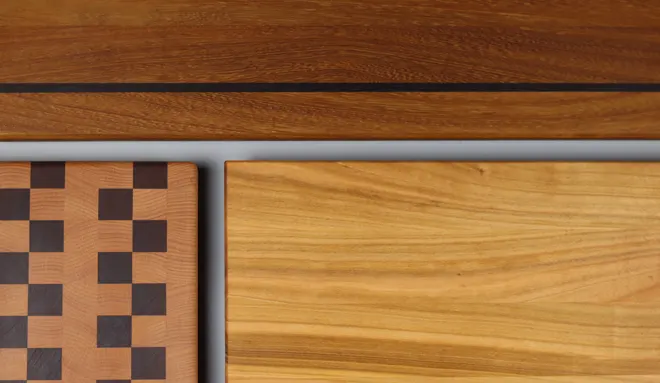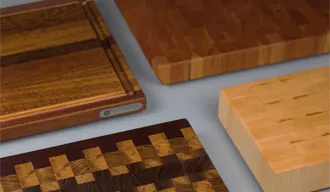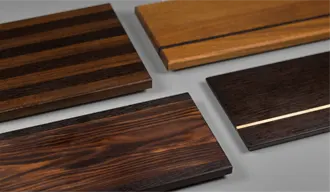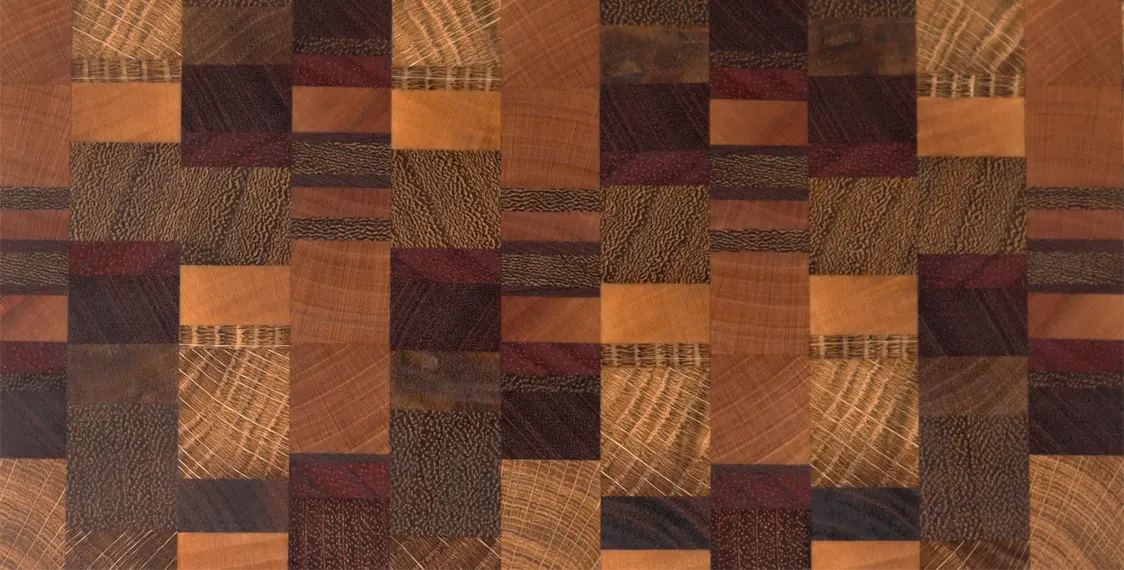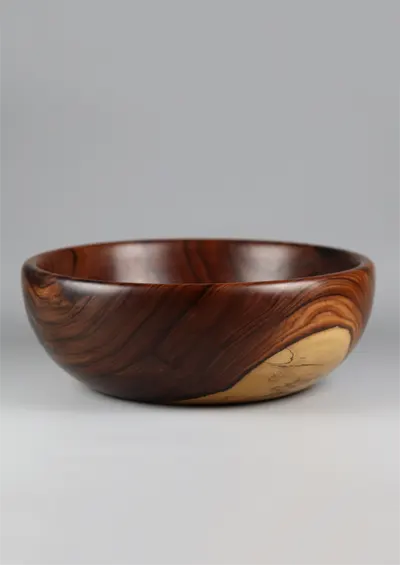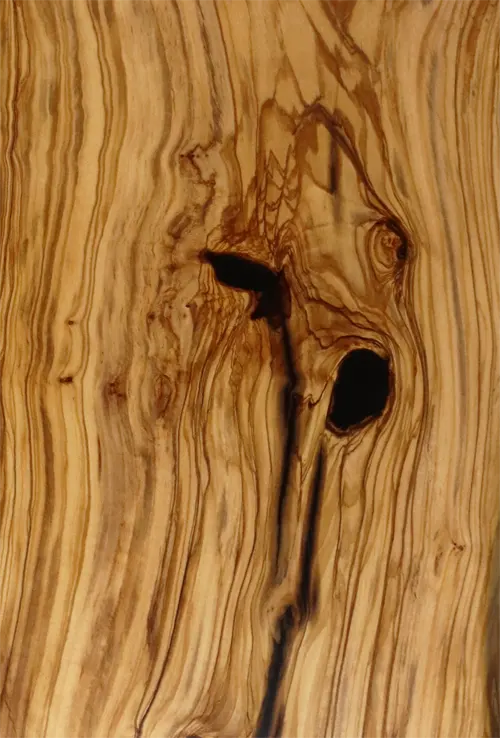Wooden Cutting Board: Complete Guide
Introduction
A wooden cutting board is an essential item in any kitchen, whether for a professional chef or a culinary enthusiast. It not only provides a safe and stable surface for preparing food, but also adds a touch of warmth and elegance to the culinary environment.
In this article, we’ll explore the history of wooden kitchen boards, compare the most commonly used types of wood, and discuss the different types of boards available, such as cross-grain, end-to-end, and charcuterie boards.
History of Wooden Kitchen Cutting Boards
Cutting boards have a long history dating back to ancient times. In the Middle Ages, cooks used heavy wooden blocks to cut and chop food. These blocks were difficult to move and were left where they were used.
Over time, the need for more hygienic and easier-to-handle surfaces led to the development of modern cutting boards, including smaller sizes and different types of materials such as plastic, bamboo, and glass.
Wooden cutting boards are currently experiencing a resurgence due to growing environmental concerns and the emergence of scientific studies confirming that wood can, if properly maintained, be more hygienic than plastic or other materials.
Common woods for wooden cutting boards
Choosing the right wood for a wooden chopping board is crucial to ensure durability, hygiene, and knife care. Below are some of the most popular woods:
1. Maple Wood
Hard maple is a dense, hard wood with a fine, close grain structure, making it resistant to bacteria and easy to clean. It’s a popular choice due to its durability and ability to keep knives sharper for longer, as well as its abundance and low cost.

2. Walnut Wood
Walnut offers a rich, dark color with a straight grain pattern. It’s softer than other hardwoods, making it knife-friendly. It also has natural antibacterial properties.
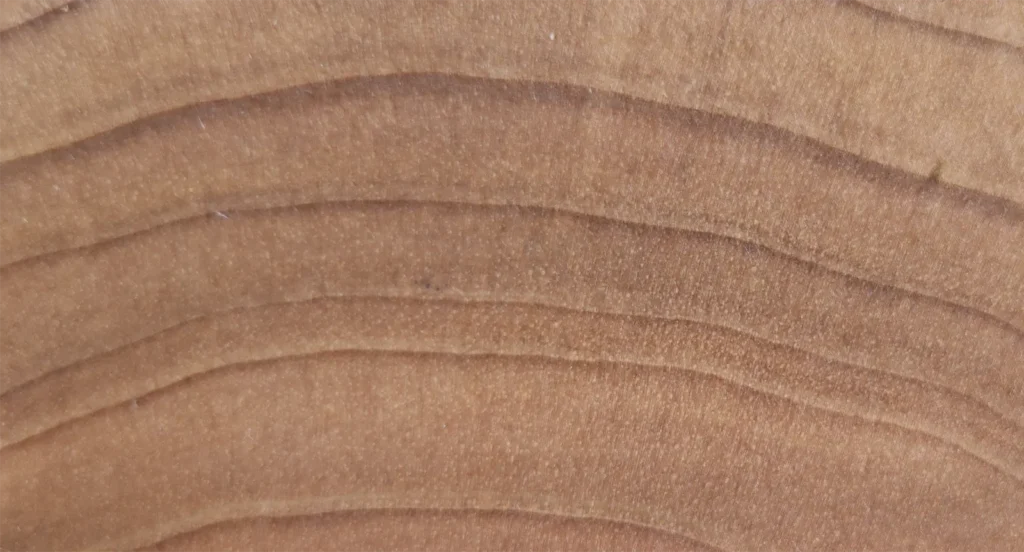
3. Cherry Wood
Cherry is known for its warm color and fine grain. It’s a hardwood that provides a smooth cutting surface, helping to keep knives in good condition.
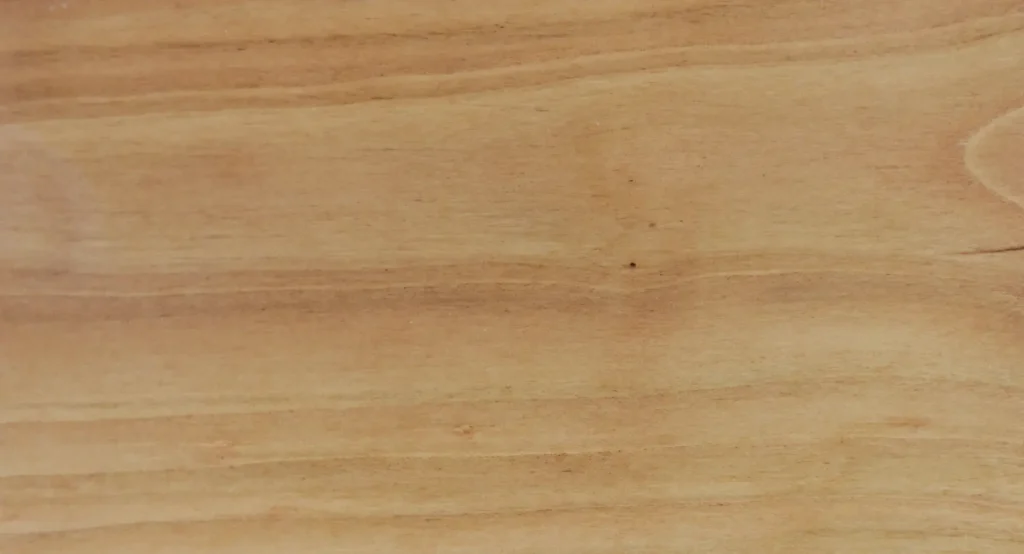
4. Olive Wood
Olive wood has recently become one of the most popular woods for cutting boards due to its interesting grain. It is a very hard wood and is remarkably resistant to moisture and food coloring. However, due to its interlocking grain, it can sometimes be dimensionally stable.
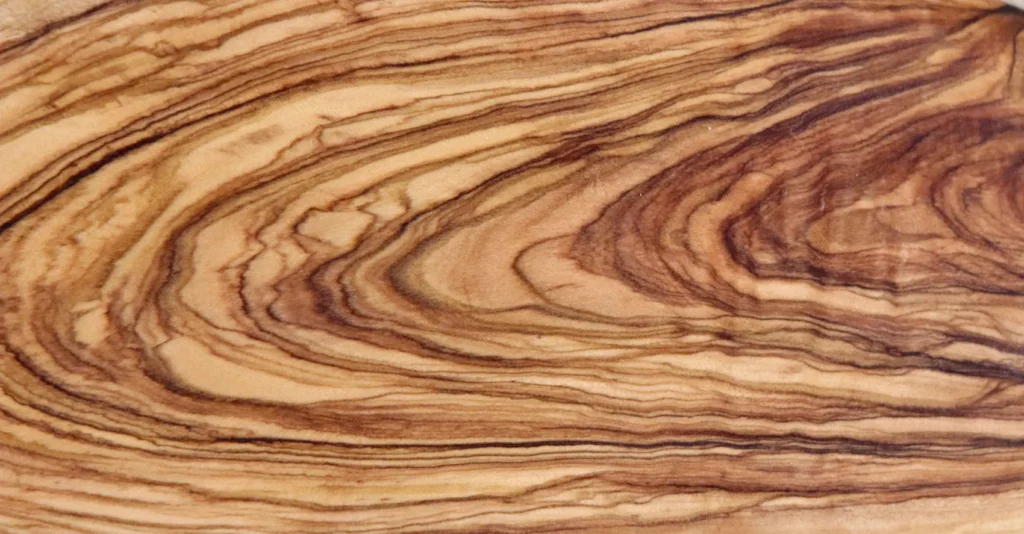
5. Oak
Oak is a naturally antibacterial wood. Its high tannin content prevents the growth of microorganisms, which is why it has been used for centuries to build wine barrels. It’s a moderately porous wood (each tree has a different porosity), but it’s perfectly suitable for a wooden cutting board.

Types of Wooden Boards
Long-Grain Boards
Cross-grain wood cutting boards are made with the wood fibers running horizontally to the cutting surface. They are more economical and allow for designs with handles and irregular shapes. However, knives tend to cut into the fibers, which over time deteriorates the board’s appearance and the knife’s edge.
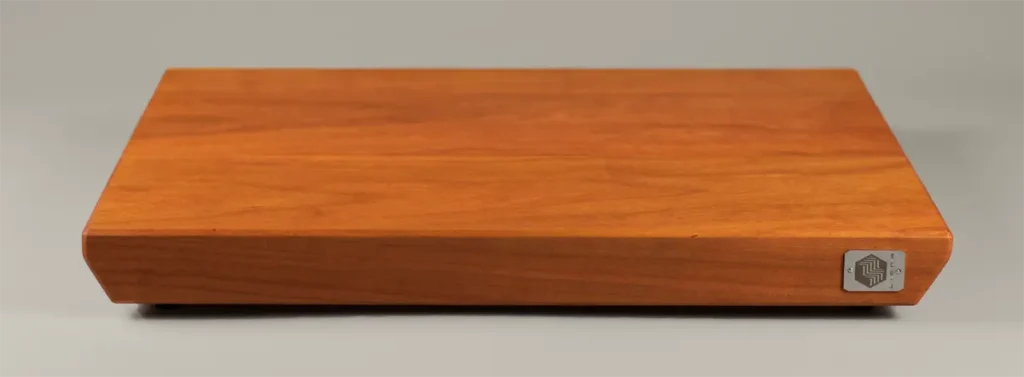
End Grain cutting boards
In end-grain boards, the wood fibers are oriented perpendicular to the cutting surface. This arrangement allows the fibers to separate and close smoothly when cutting, reducing wear on the knife edge and prolonging the board’s lifespan. They are also less prone to bacterial contamination.

More information about butt boards at this link
Serving Boards for Cold Cuts
These boards are designed to present foods such as cold cuts, cheeses, and fruits. They are usually thinner and more elongated. They can be made from a single piece of wood or combinations of different woods to achieve a decorative look.
Tips for Choosing and Caring for a Wooden Cutting Board
- Wood Choice: Choose hardwoods with a close grain such as maple, walnut, or oak for durability and resistance to bacteria.
- Size and Thickness: Consider the space available in your kitchen and the types of foods you usually prepare. A thicker wooden cutting board will provide greater stability.
- Maintenance: Hand wash the board with warm water and mild soap. Dry immediately and avoid soaking. Apply food-safe mineral oil and beeswax regularly to keep the wood moisturized and prevent cracking.
- Hygiene: To disinfect, you can use a solution of white vinegar and water. Avoid cutting raw meats and cooked foods on the same cutting board without first disinfecting it to prevent cross-contamination.
Frequently Asked Questions (FAQ)
1. Why choose a wooden cutting board over a plastic one?
Wooden boards are gentler on knives. If made from the right wood, they have natural antibacterial properties and, with proper care, can last for many years. They also generate no microplastic waste and are 100% biodegradable.
2. How do you properly clean a wooden board?
Hand wash them with warm water and mild soap, dry immediately, and apply mineral oil regularly to keep the wood in good condition.
3. Is it safe to cut raw meat on a wooden board?
Yes, as long as it is properly cleaned and disinfected after each use to prevent cross-contamination.
4. How often should I oil my wooden cutting board?
It depends on the use, but it is generally recommended to apply oil once a month or when the wood looks dry.
5. Can I put my wooden cutting board in the dishwasher?
No, the heat and humidity from the dishwasher can warp and crack the wood.
6. What type of oil should I use on my cutting board?
It’s recommended to use food-grade mineral oil, as it doesn’t go rancid and is safe for food. Learn more about oils in this post.
7. How do I remove odors from my wooden cutting board?
Rub the surface with half a lemon and salt, then rinse and dry well.
8. Are bamboo boards a good option?
In most cases, no. Despite being sustainable, bamboo boards warp easily, which can cause chopping accidents. Furthermore, their high hardness dulls knives very quickly.
9. What is the difference between a grain board and an end-to-end board?
Cross-grain boards have the wood fibers running horizontally, while end-grain boards have the fibers perpendicular, which offers greater durability and better knife edge protection.
10. Can I use the same chopping board for all types of food?
It’s a good idea to have cutting boards for different types of food, such as raw meats and vegetables, to avoid cross-contamination. However, if cleaning is done properly, there shouldn’t be any problems.
Otras entradas del blog
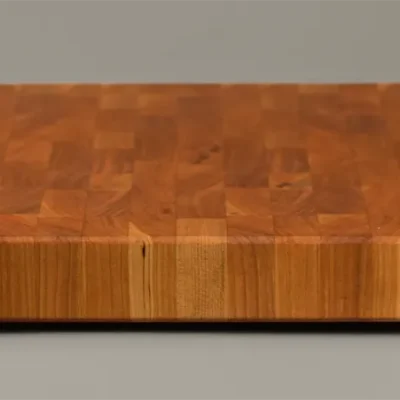
Noble Woods: What they are and common species
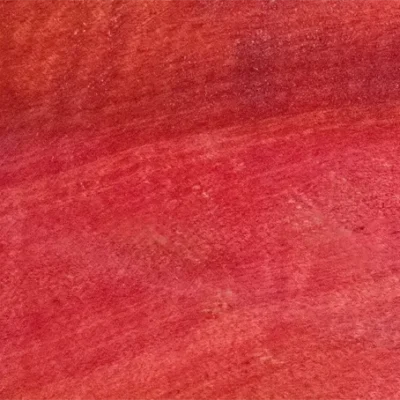
Pink Ivory Wood
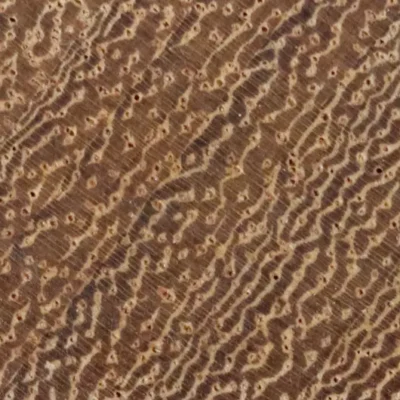
What are tropical woods?

Oak Wood: Uses and Characteristics
Nuestras tablas de cortar:
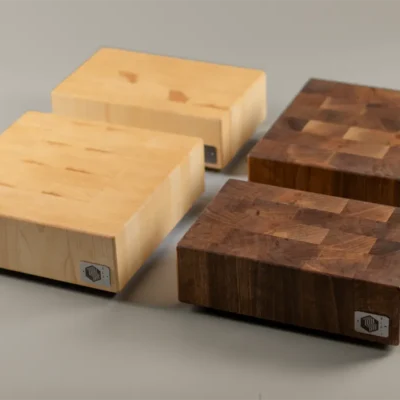
FORTIS
small chopping board

UMBRA
serving board
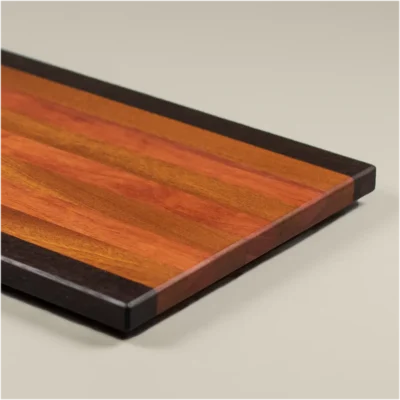
Splendida
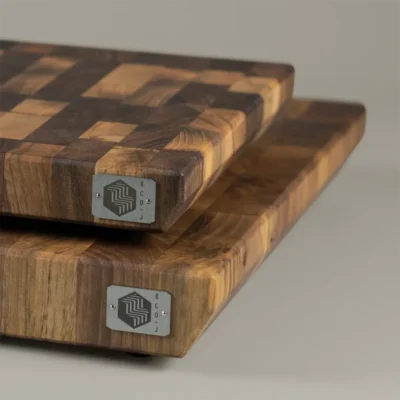
Pura
Walnut walnut butcher block
Pura
Walnutwalnut butcher block
